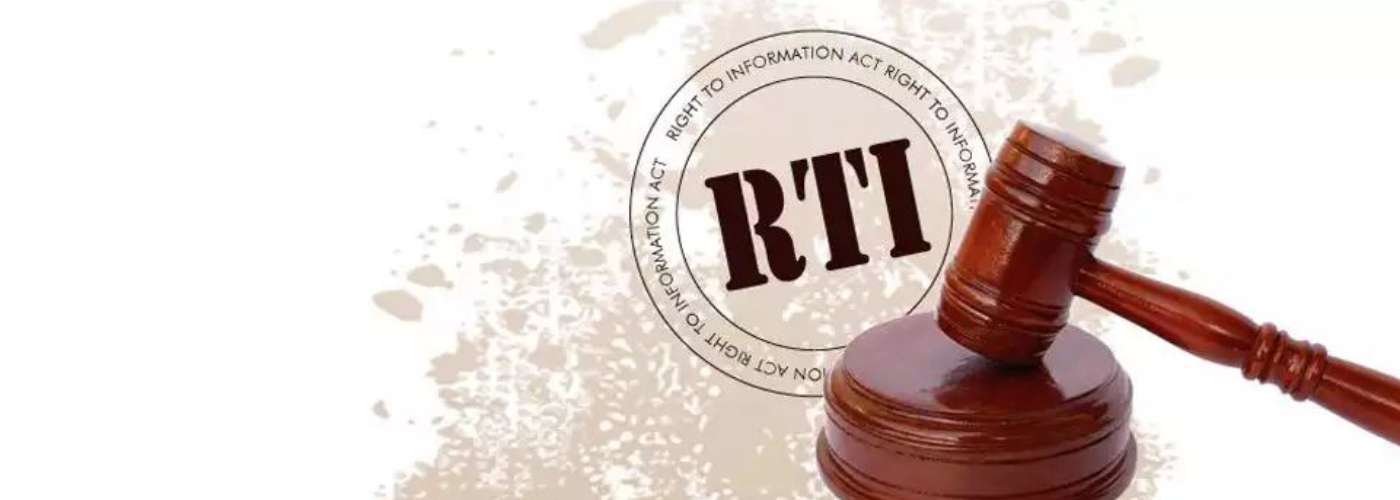In a dramatic revelation of justice, the Supreme Court has unveiled the truth shattering the lingering shadows of suspicion in a 15-year-old murder case. The legal saga encapsulated in Raja Naykar v. State of Chhattisgarh unfolds the intricacies of a prosecution attempting to prove guilt through circumstantial evidence. The accused entangled in a web of questionable recoveries faced conviction challenging the very essence of justice. However, the apex court’s scrutiny exposed the fragility of the prosecution’s case emphasizing the need for irrefutable proof. This legal odyssey delves into the delicate balance between suspicion and conviction redefining the standards of justice.
CASE DETAILS:
Raja Naykar v. State of Chhattisgarh
Criminal Appeal No. 902 Of 2023
Supreme Court
Coram: Justices B.R. Gavai and Sandeep Mehta
BRIEF FACTS:
- The case in question revolves around the prosecution’s assertion that the accused committed a murder in 2009 allegedly inflicting fatal injuries with a dagger before wrapping the victim’s body in a blanket with the assistance of other co-accused individuals.
- The prosecution presented certain recoveries notably a dagger with indications of human blood ostensibly linking it to the accused. However, the prosecution faced a considerable challenge in establishing beyond a reasonable doubt that the bloodstains on the dagger belonged to the accused.
- Despite the circumstantial nature of the evidence, the trial court leaned towards conviction. It primarily relied on the argument that pieces of blanket recovered from the crime scene and the location where the body was subsequently taken for disposal were found to be identical or similar to the one associated with the accused.
- The High Court upheld the conviction emphasizing the accused’s purported failure to provide a satisfactory explanation during Section 313 Cr.P.C. questioning regarding the recovery of various items and the Forensic Science Laboratory (FSL) report.
- Challenging the conviction, the accused contends that relying on suspicious recoveries by the police without concrete evidence cannot sustain a conviction. The defense underscores the prosecution’s failure to conclusively establish the accused’s guilt beyond a reasonable doubt particularly in light of the sole reliance on circumstantial evidence.
- The appeal rests on the assertion that a conviction of such gravity demands a higher standard of proof, one that transcends mere suspicion and aligns with the stringent legal requirement of establishing guilt beyond a reasonable doubt.
OBSERVATIONS:
Upon meticulous scrutiny of the evidentiary materials, the court dismissed the prosecution’s presented evidence particularly the Forensic Science Laboratory (FSL) report. The FSL report while indicating the presence of human blood on the dagger failed to establish a direct correlation with the blood group of the deceased. The court underscored that the recovery of the blood-stained weapon discovered in an open and easily accessible location cannot singularly serve as a foundation for conviction unless unequivocally linked to the accused’s involvement in the murder.
It was concluded that relying solely on the recovery of the blood-stained weapon does not meet the standard of establishing guilt beyond a reasonable doubt. The court emphasized that mere suspicion is insufficient for a tenable conviction highlighting the prosecution’s duty to incontrovertibly prove the accused’s exclusive responsibility for the crime.
Addressing the accused’s lack of explanation under Section 313 Cr.P.C., the High Court’s reliance on this as a basis for conviction faced repudiation by the Supreme Court. The apex court clarified that a non-explanation or false explanation under Section 313 Cr.P.C. cannot serve as an additional link in the chain of circumstances to complete the case. It reiterated the fundamental principle that such explanations can only fortify an existing conclusion of guilt based on proven circumstances emphasizing the prosecution’s primary responsibility to establish the case beyond all reasonable doubt.
The court in its deliberation pointed out that the FSL report failed to demonstrate that the blood found on the dagger matched the blood group of the deceased. It held that the recovery of the blood-stained weapon alone cannot be deemed conclusive evidence of guilt and must be interconnected with the accused’s role in the murder. The court emphasized the inadequacy of the prosecution in proving the accused’s guilt beyond a reasonable doubt asserting that mere suspicion does not meet the threshold for a sustainable conviction. It reiterated the essential duty of the prosecution to establish unequivocally that the accused and only the accused committed the crime.
JUDGEMENT:
In the resolution of whether the suspicious exclusive discovery of a blood-stained weapon could constitute grounds for conviction, the Supreme Court ruled negatively. The court asserted that the mere circumstance of recovering a blood-stained weapon is insufficient to justify a conviction unless a clear connection with the accused’s involvement in the murder of the deceased is established.
The Bench of Justices B.R. Gavai and Sandeep Mehta overturned the concurrent decisions of the High Court and the Trial Court. They emphasized that an accused cannot be convicted based on suspicion alone unless corroborative evidence is presented substantiating the guilt of the accused.
CONCLUSION:
In a resounding verdict, the Supreme Court echoes the essence of justice by acquitting the accused in the 15-year-old murder mystery. The court’s meticulous analysis dismantles the prosecution’s reliance on circumstantial evidence emphasizing the insufficiency of mere suspicion for a credible conviction. The intricacies of blood-stained weapons and forensic reports dissolve under the stringent scrutiny of the apex court highlighting the paramount importance of establishing guilt beyond reasonable doubt. This landmark judgment redefines the contours of justice setting a precedent that suspicion alone cannot cast the shadows of guilt. The accused emerges from the legal shadows vindicated by the unwavering principles of the Indian judiciary.
__________________________________________________________________________________________________________________________
This article is written and submitted by Sanskar during his course of internship at B&B Associates LLP. Sanskar is a 5th-year BBA LL.B student
from Geeta Institute of Law.







